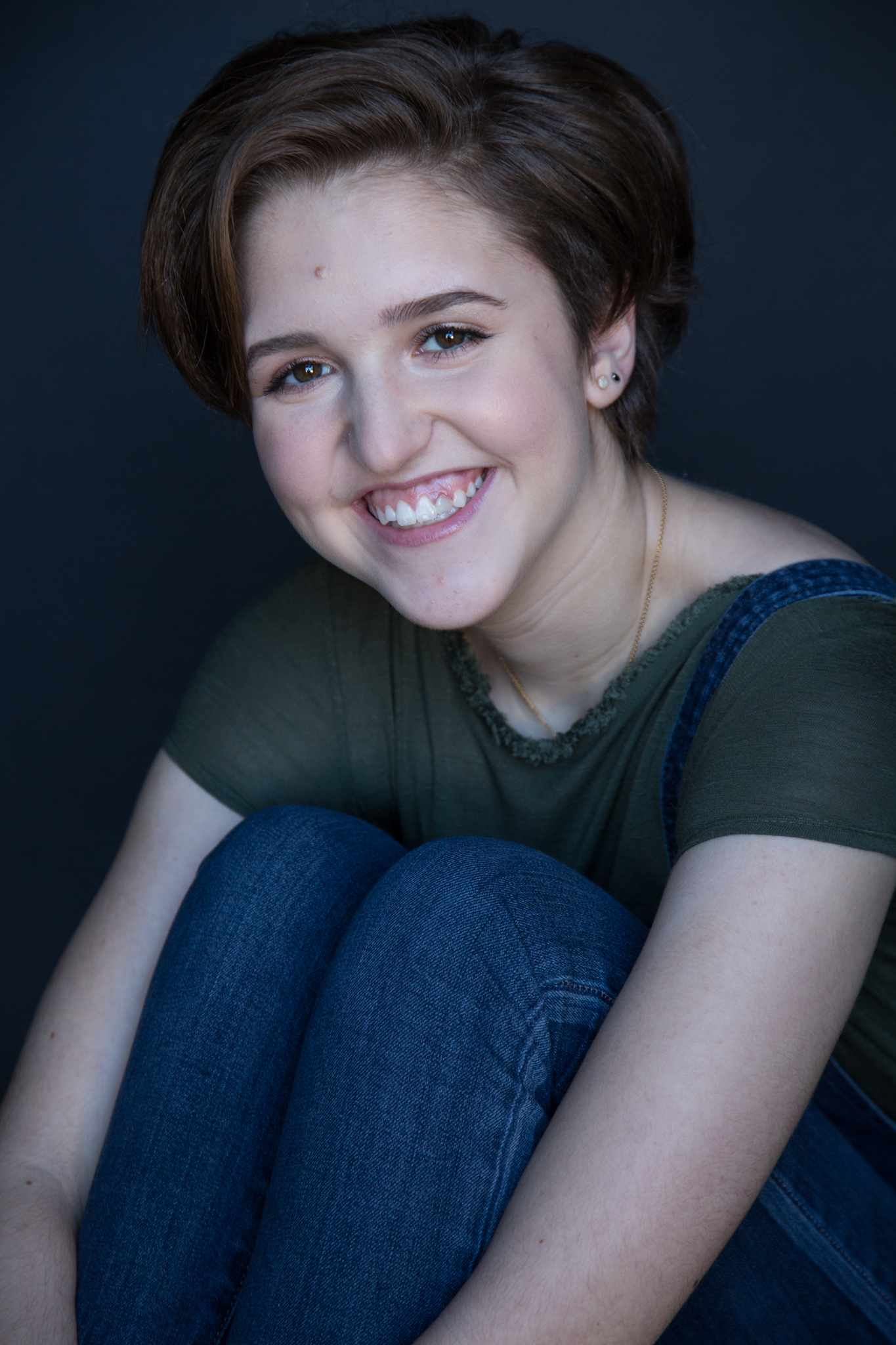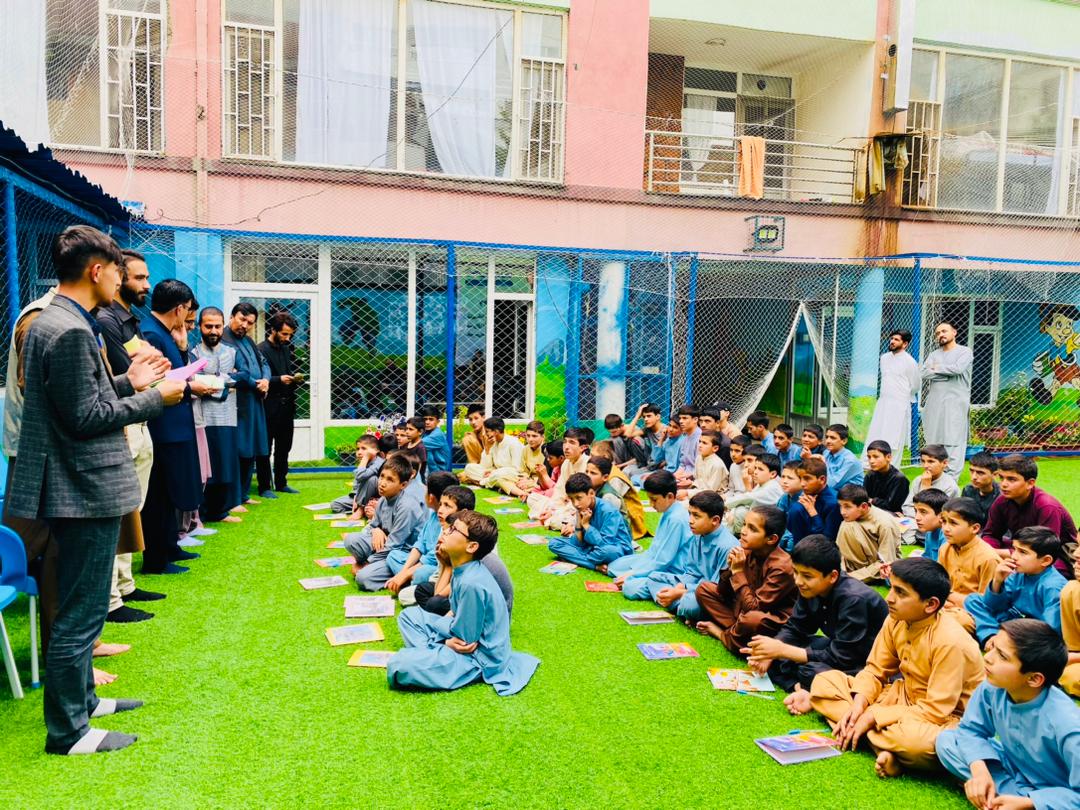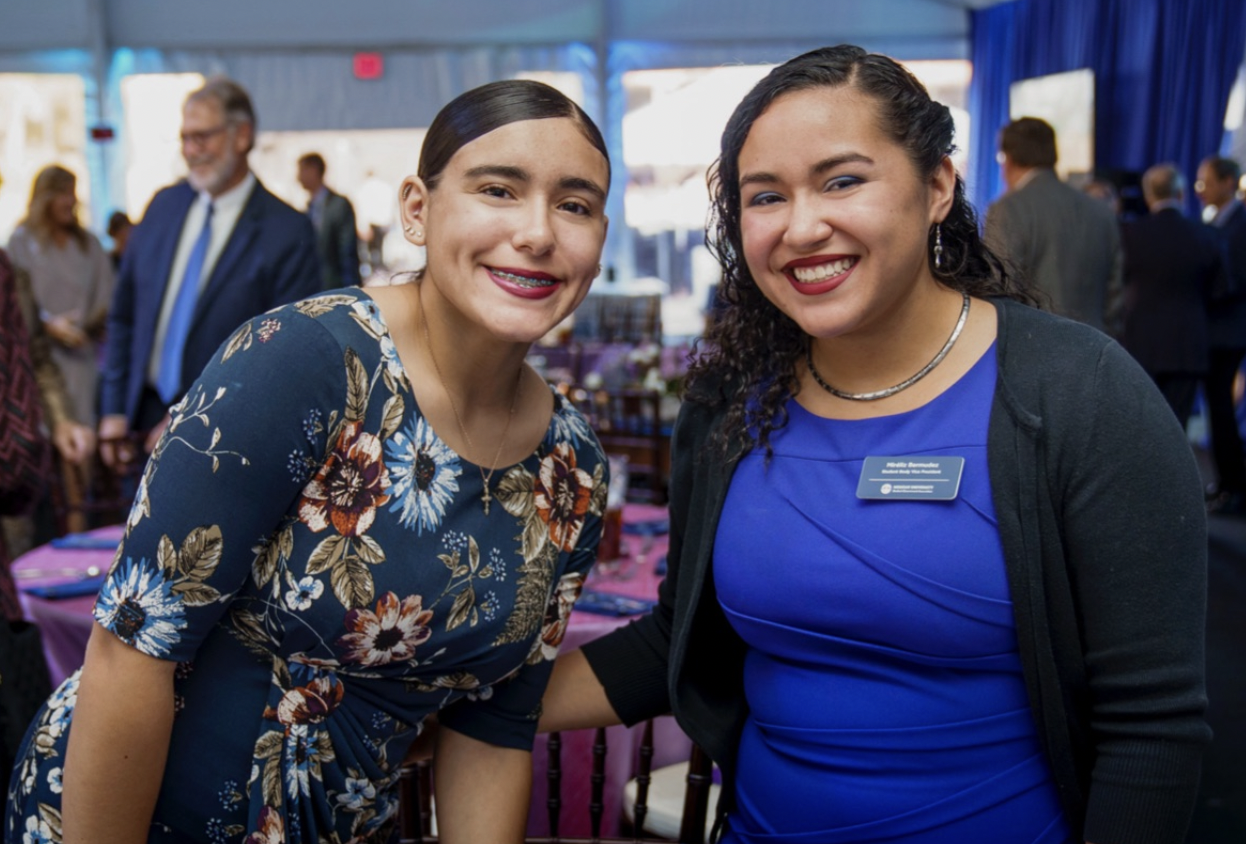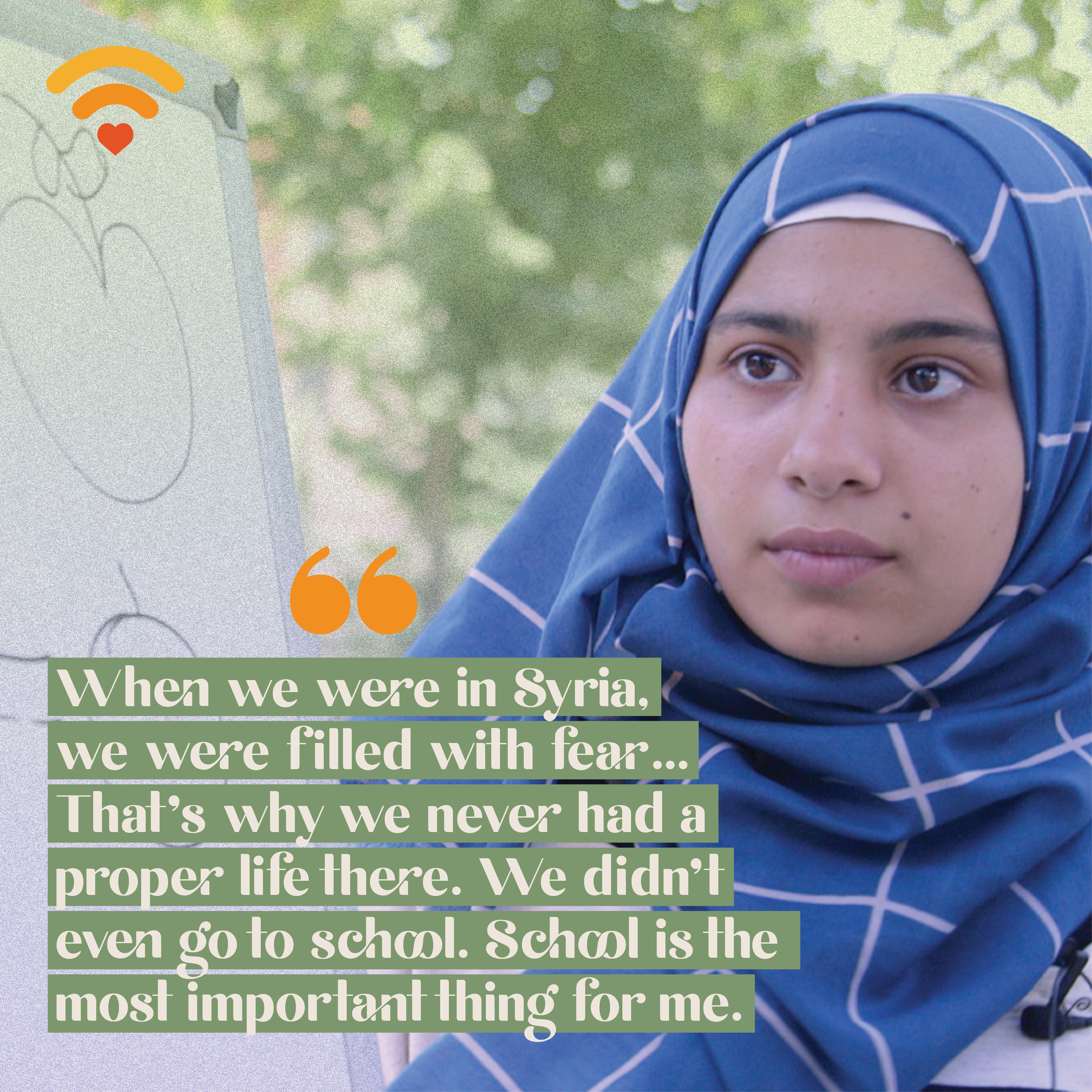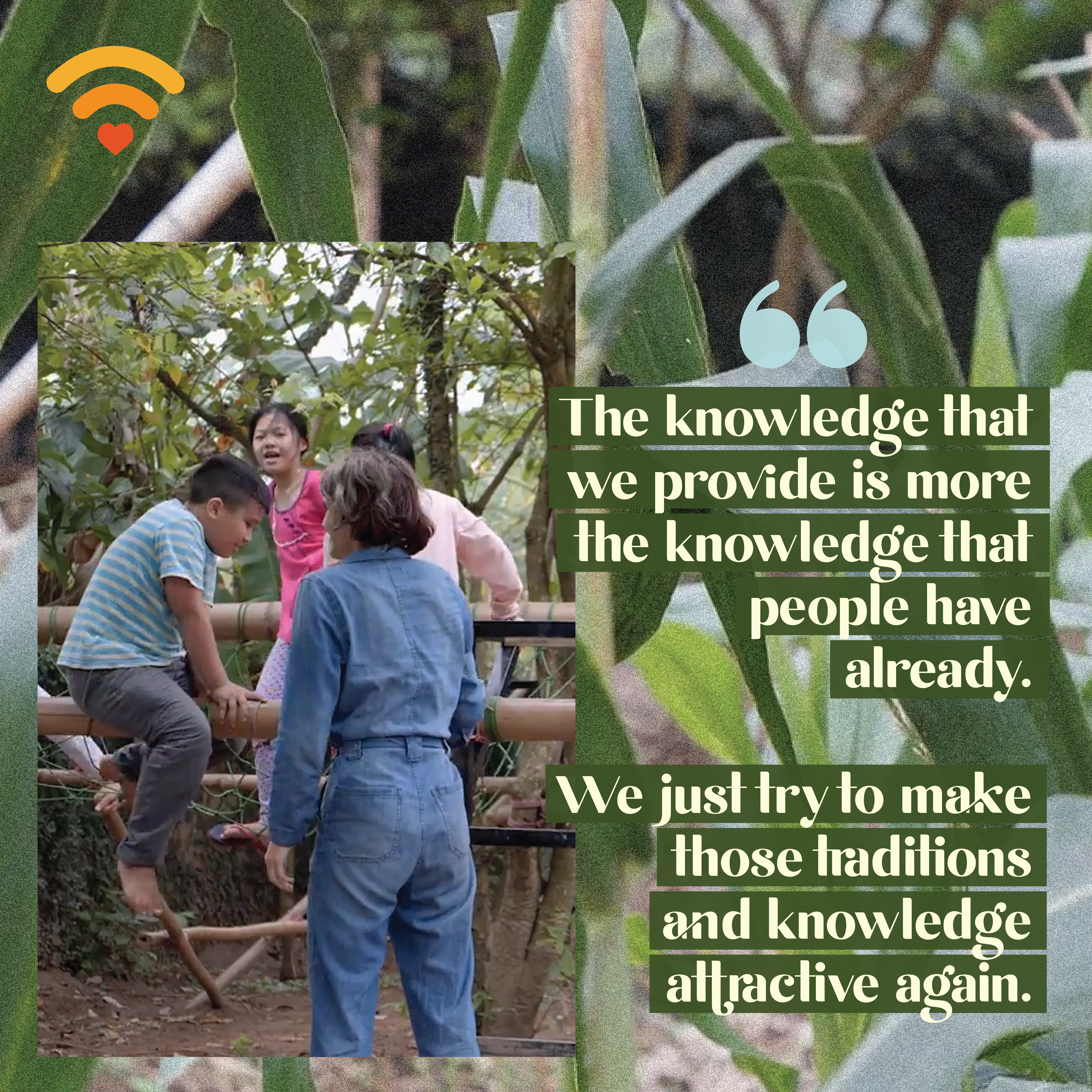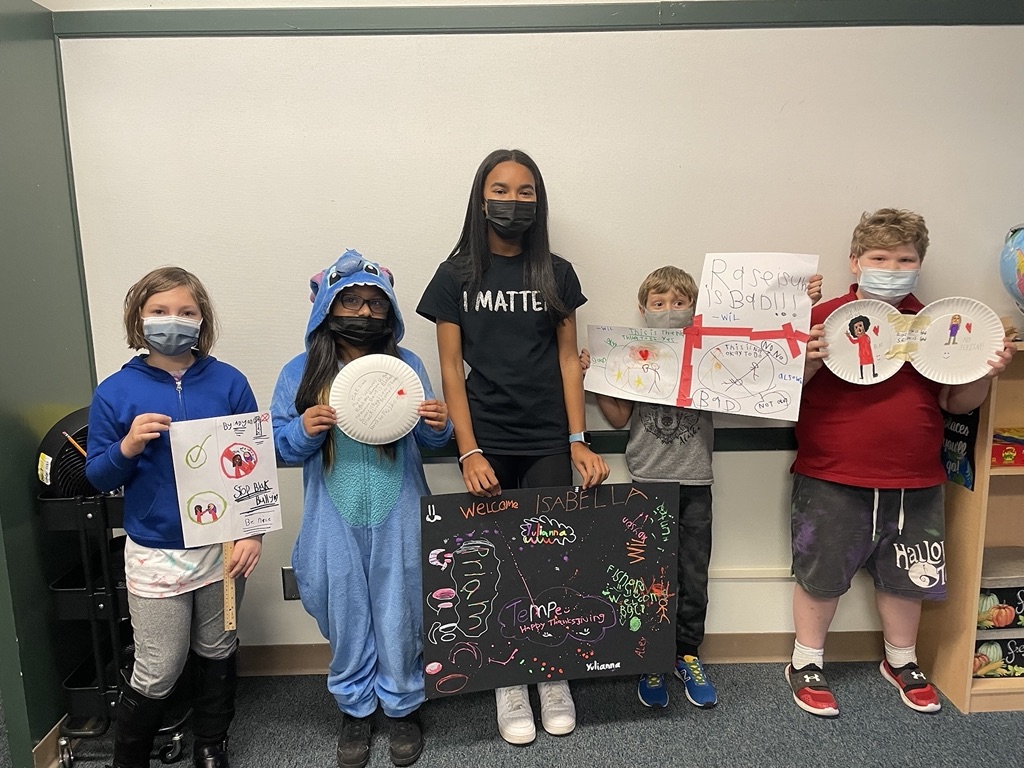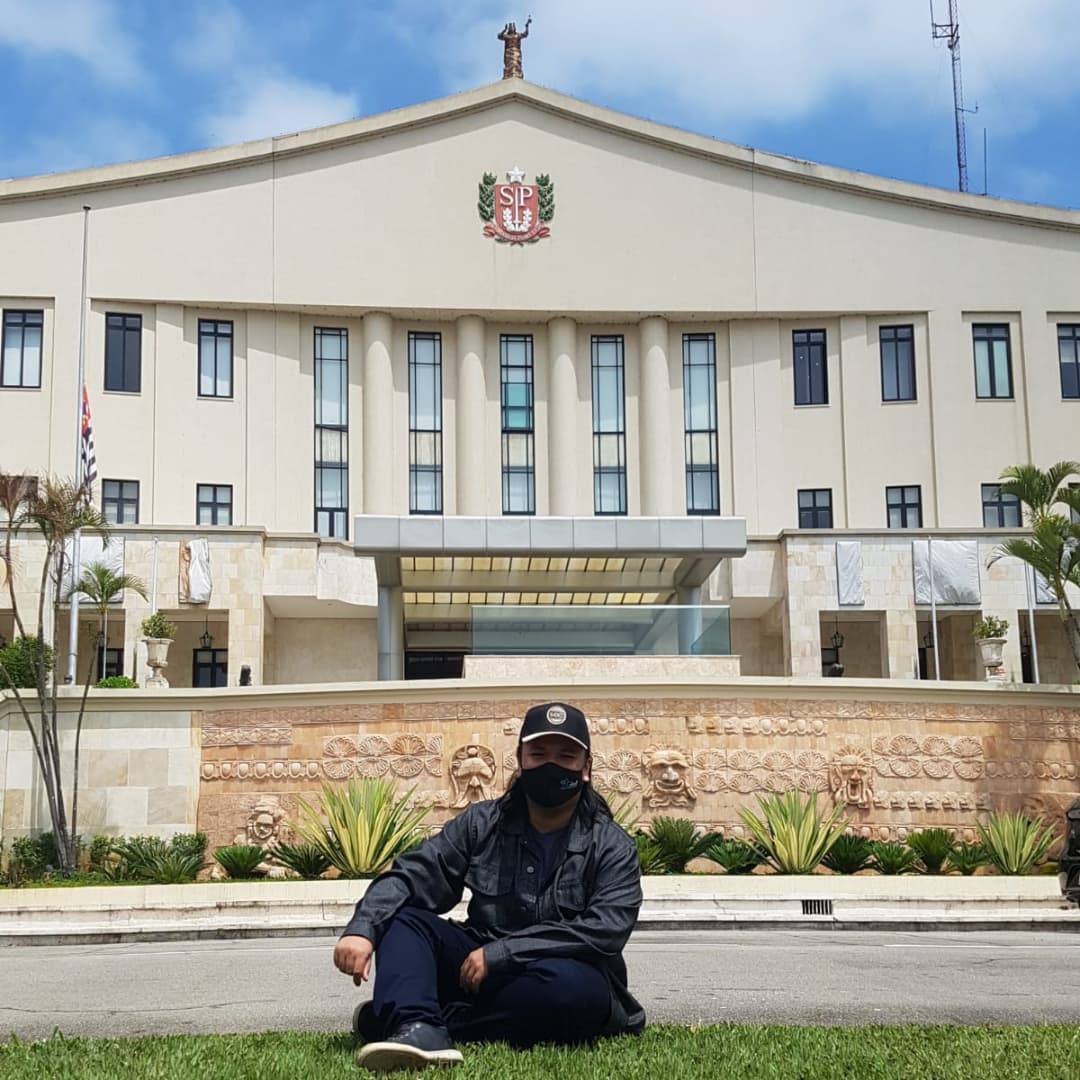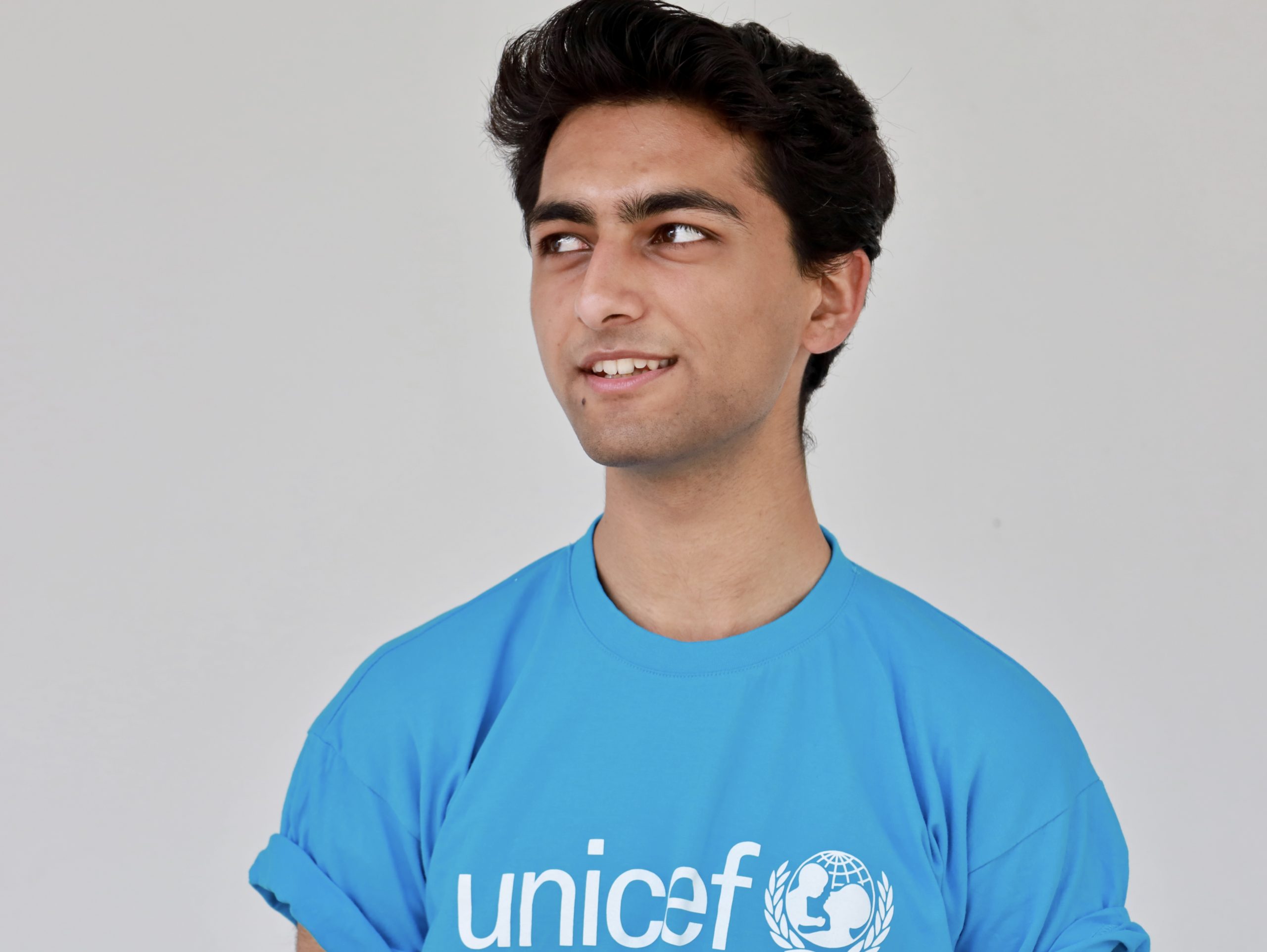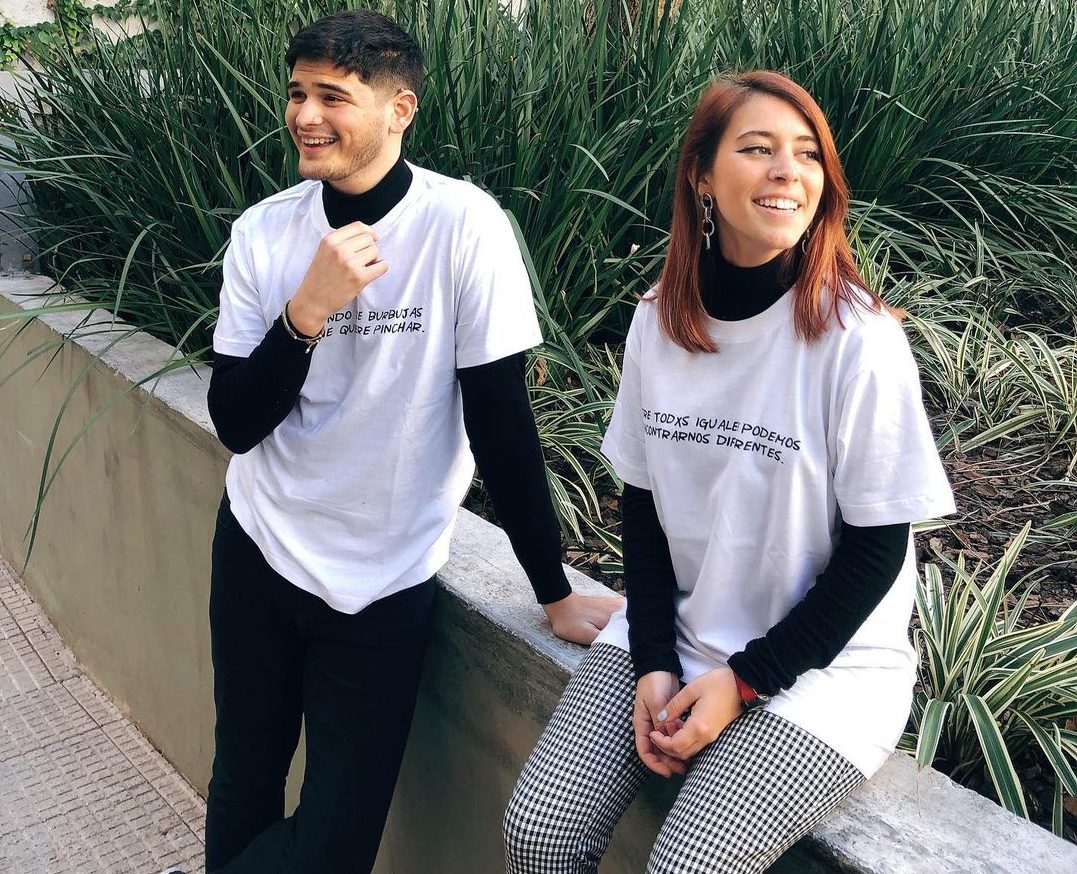When I tell people about my charity Rainbow Pack, what we do, and why we do it, I usually get an, “Aww that’s so sweet.” But that isn’t the reaction that I want people to have. Of course I want people to think we are doing a good thing. But the fact that we have to do it at all should make them furious, not happy. I know that the reason people say, “Awww” and not, “Wow that makes me really mad” is because people don’t fully understand the problem Rainbow Pack is trying to solve.
How is it acceptable that two in five students will start school without the supplies they need to succeed? How is it acceptable that students are having to stick stuff to their paper with chewed gum because they don’t have glue? How is it acceptable that students have low self-esteem because of this problem? How is it acceptable that some teachers adjust their curriculum because they know their students don’t have supplies?
This can’t be normal. It makes me angry that these kids and their families know that education is their way out of the vicious cycle of poverty. But this way out slowly disappears when their children don’t even have a pencil at home. I refuse to accept this, and you shouldn’t either.
I didn’t understand the full scope of this problem either, until I went on a school service learning trip. It was to a public elementary school only about 12 miles away from my expensive, private, college preparatory elementary school. But these two schools seemed to be in different worlds.
We were partnered up with the students of a kindergarten class. We did things like math flash cards and then we colored some holiday cards. I noticed that unlike the seemingly unlimited amount of crayons on the tables at my school, there were about seven to eight crayons on each table that all the children shared. I overheard one of the little girls saying that she wanted a box of “skinny crayons,” but her mom said she couldn’t afford them.
That moment changed my life. I had this burst of passion to try and change this. I couldn’t imagine what it would be like to not have crayons. What I didn’t realize was this was just the tip of a much larger iceberg.
Upon talking with one of the school’s social workers, I learned that this problem was larger than that one little girl. It was larger than not having a box of crayons. Students lacked all basic school supplies, necessities like backpacks, glue sticks, pencils, and erasers. Because of this, the students face many difficulties. And this problem is not isolated to this school.
Two in five. That’s the statistic for how many students in the United States will start their school year without the supplies they need to succeed.
Because these students don’t have basic school supplies at home, they can’t do their homework. Students also start to develop lower self-esteem because they may see peers with supplies succeeding, and face the disappointment of their teachers when they haven’t completed an assignment.
It’s not that these kids are lazy and don’t want to succeed in school. They’re hardworking, smart, creative, and strong kids who have big dreams. They want to do well, but they don’t have the supplies they need to do so.
This is why I started an organization called Rainbow Pack at age ten. Over the past six years, Rainbow Pack, made-up mainly of kids age seven to 17, has given out over 14,500 backpacks full of new, grade appropriate homework supplies that we call “Rainbow Packs.”
Then, each year, days after the Rainbow Pack team visits schools to give every student a Rainbow Pack, we turn around and start fundraising so that we can do it bigger and better the next year.
Our hope is that eventually we will get enough attention that this problem can’t be ignored or left to the already overworked teachers to figure-out. It can’t be blamed on the families who are already struggling to keep a roof over their heads and food on the table. Local school districts must acknowledge they need to provide all students with the same quality of education. If that means providing some of the students with pencils, erasers, and the occasional glue stick, then that’s what they will need to do.
Until then, there is Rainbow Pack. If you would like to support our efforts, visit www.rainbowpack.org




